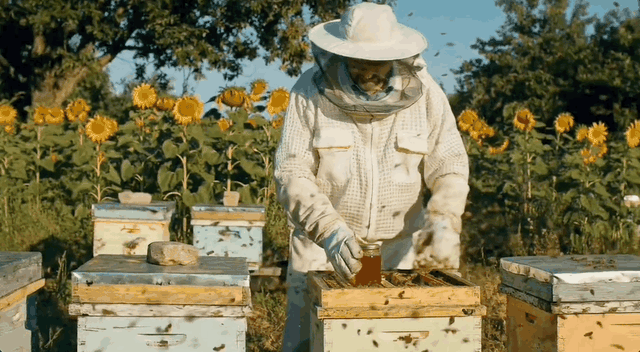Research|The Rist of Multimodal AI:A Golden Age for Creators and IP
Explosive Progress in Multimodal Foundation Models
Disclaimer: The content provided in this newsletter is for informational purposes only and does not constitute investment advice. We are not registered investment advisors, and nothing in this newsletter should be construed as a recommendation to buy or sell any securities. Always do your own research and consult with a licensed financial professional before making any investment decisions.
We will start publishing a number of solid preview reports from this week, including META, MSFT, in-depth IT Budget research, Applovin, and China DTC case studies. Today, we'll start with an appetizer by discussing multimodal AI.
Over the past two months, multimodal foundation models have advanced at a breathtaking pace. Although their direct impact on language‑model reasoning and intelligence has yet to be fully demonstrated, the fusion of language, image, and video models is already delivering striking results in multimodal applications. As creative‑productivity tools continue to improve, creators and IP owners are poised to enter a genuine “golden age.”
OpenAI GPT‑4o Text‑to‑Image: A Unified Multimodal Model Built on an Autoregressive Architecture
Released on 25 March 2025, GPT‑4o’s image‑generation capability went viral overnight—Ghibli‑style pictures flooded social media and OpenAI’s compute resources were pushed to the limit. GPT‑4o abandons diffusion in favor of a brand‑new autoregressive (AR) architecture, bringing several key advantages:
Accurate Text Rendering: GPT‑4o solves the longstanding problem of rendering text in images, enabling precise placement of menu items, invitations, infographics, and more.
Strict Compliance with Complex Instructions: The model reliably follows intricate prompts involving 10–20 distinct elements, giving users fine‑grained control over the final image.
Iterative Generation and Editing in Multi‑turn Dialogues: Images can be refined across successive turns, with the model incorporating feedback to converge on the desired result.
Context‑ and Knowledge‑Aware Creation: GPT‑4o leverages its internal knowledge base and conversational context to boost relevance, realism, and logical consistency.
Google Veo 2 & Gemini Flash 2.0: Raising the Bar for Multimodal Generation
Last week Google unveiled Veo 2, a video‑generation model that turns text prompts into 4K footage with cinematic camera moves, in‑painting, and out‑painting. At the same event, Google launched Gemini Flash 2.0 Image Generation, which likewise adopts an autoregressive backbone, greatly improving usability.
How Do These Models Differ from Sora (2024)?
The single biggest shift is the deployment of autoregressive architectures for image generation. By producing pixels sequentially, AR models capture context more effectively and allow finer control than DiT‑style diffusion models. Hybrid approaches that blend AR and DiT can deliver both the photorealism of diffusion and the controllability of AR.
With larger models and richer data, AR systems are expected to keep climbing the scaling curve—first mastering images, then short clips, and within 2–3 years enabling highly controllable, minute‑long videos. 2025 may well mark the first truly meaningful arrival of AGI‑level content generation.
Table: AR v.s. DIT
Keep reading with a 7-day free trial
Subscribe to FundamentalBottom to keep reading this post and get 7 days of free access to the full post archives.





